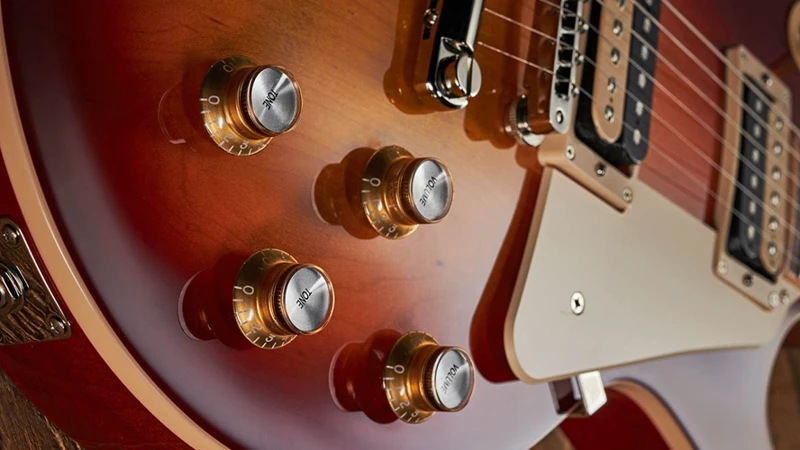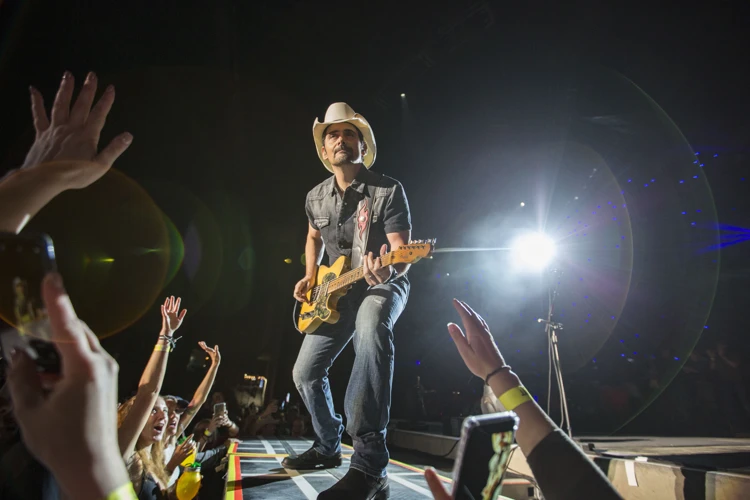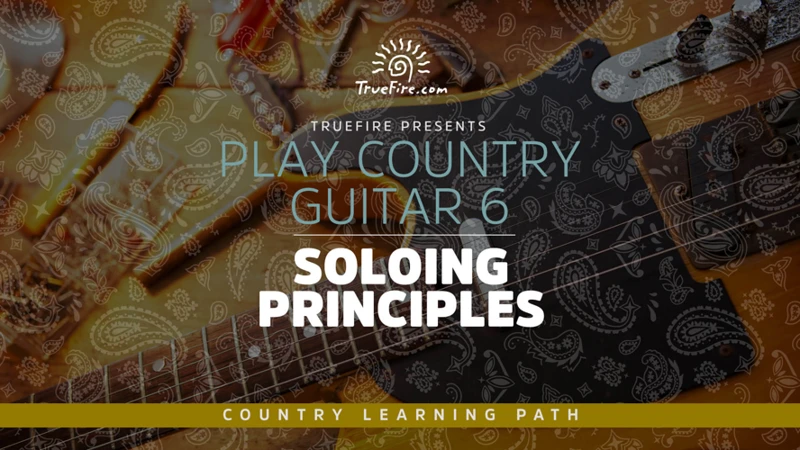Country music is a genre that is deeply rooted in American history and culture. It is a style that is known for its storytelling lyrics, catchy melodies, and down-to-earth instrumentation. At the heart of country music is the guitar, and in particular, the country guitar tone and volume. In this article, we will explore the key elements that make up the country guitar tone and volume, and how you can achieve this sound in your own playing.
The Country Guitar Sound
Before we dive into the specifics of country guitar tone and volume, it’s important to understand what we mean by the “country guitar sound.” This sound is characterized by a warm, full, and rich tone, with a strong emphasis on the midrange frequencies. It is a sound that is both mellow and bright, with a smooth attack and a long, sustaining decay. This sound is often associated with classic country music, but it can be heard in many different sub-genres of country music, from bluegrass to contemporary country pop.
The Guitar
The first step in achieving the country guitar tone and volume is to choose the right guitar. While any guitar can be used to play country music, there are certain types of guitars that are more suited to this style. The two most common types of guitars used in country music are the acoustic guitar and the electric guitar.
Acoustic Guitar
The acoustic guitar is a popular choice for country music because of its warm, natural tone. The type of wood used in the construction of the guitar can have a big impact on the tone, with mahogany and rosewood being two of the most popular choices for country guitarists. The size of the guitar can also affect the tone, with larger guitars such as the dreadnought producing a fuller, richer sound.
Electric Guitar
The electric guitar is also a common choice for country music, especially in more contemporary styles. The type of pickups used in the guitar can have a big impact on the tone, with single-coil pickups being a popular choice for country guitarists. These pickups produce a bright, twangy tone that is well-suited to country music. The type of wood used in the construction of the guitar can also affect the tone, with alder and ash being two of the most popular choices for country guitarists.
The Amplifier
The amplifier is an essential part of achieving the country guitar tone and volume. The type of amplifier used can have a big impact on the tone, with tube amplifiers being a popular choice for country guitarists. Tube amplifiers produce a warm, smooth tone that is well-suited to country music. Solid-state amplifiers, on the other hand, tend to produce a cleaner, more sterile tone that is not as well-suited to country music.
Settings
The settings on the amplifier can also affect the tone and volume. A good starting point for country guitar tone is to set the gain low and the volume high. This will produce a clean, bright tone with a strong midrange. The treble and bass controls can also be adjusted to taste, with the treble being set slightly higher than the bass for a brighter tone.
The Pedals
Pedals can be used to add extra depth and character to the country guitar tone and volume. Some of the most popular pedals used in country music include overdrive, delay, and reverb. Overdrive pedals can be used to add warmth and grit to the tone, while delay and reverb pedals can be used to add space and dimension.
Overdrive
When using an overdrive pedal, it’s important to use a light touch. A little bit of overdrive goes a long way in country music, and too much can quickly overwhelm the mix. A good starting point is to set the drive low and the level high, and then adjust to taste.
Delay
Delay can be used to add depth and dimension to the country guitar tone and volume. A short delay time, set to around 150ms, can be used to create a slapback echo effect that is well-suited to country music. A longer delay time, set to around 500ms, can be used to create a more spacious, ambient effect.
Reverb
Reverb can be used to add a sense of space and depth to the country guitar tone and volume. A small amount of reverb, set to around 20-30%, can be used to add a subtle sense of depth and dimension to the tone. A larger amount of reverb, set to around 50-60%, can be used to create a more spacious, ambient effect.
Looking to perfect your country guitar tone and volume? Explore our articles on electric guitar volume and tone, country guitar techniques, banjo vs guitar sound, country rhythm guitar tips, and country guitar strings for valuable insights and tips to enhance your playing experience!
Conclusion
Achieving the country guitar tone and volume is a combination of choosing the right guitar, amplifier, and pedals, and then adjusting the settings to taste. While there is no one “right” way to achieve this sound, the key elements include a warm, full, and rich tone, with a strong emphasis on the midrange frequencies. By following the tips and advice in this article, you can get one step closer to achieving the classic country guitar sound in your own playing.




